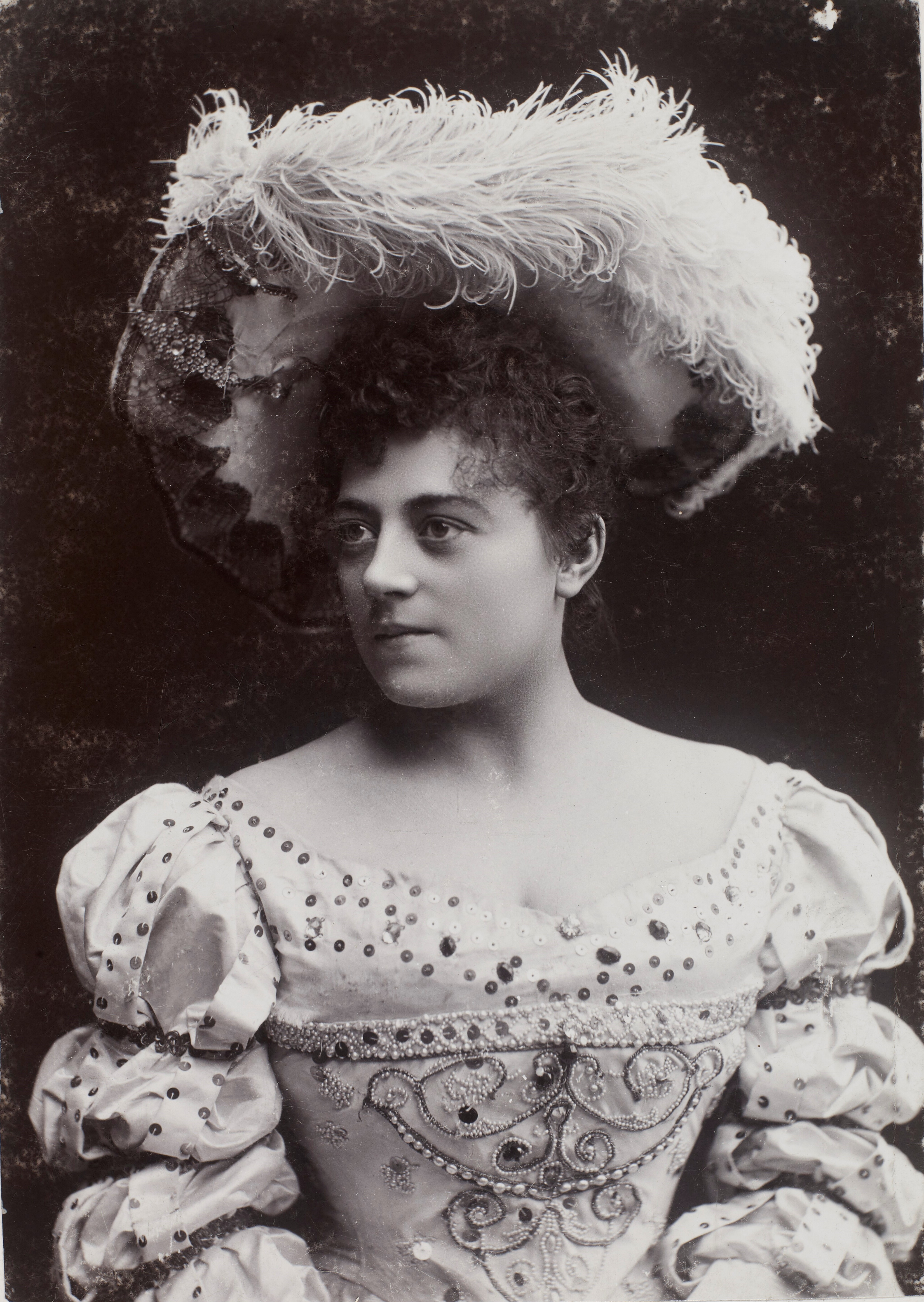|
Hedevig Quiding
Hedevig Faaborg Quiding née Springborg (16 September 1867 3 October 1936) was a Danish operatic soprano, voice instructor and music critic. When she was 19, she made her debut at the Royal Danish Opera as Philine in Ambroise Thomas' ''Mignon'' but then moved to Germany where over the next ten years she performed some 40 roles in the opera houses of Berlin, Munich and Nuremberg. On returning to Denmark, from the turn of the century she retired from the stage to become an effective voice and stagecraft instructor and from the 1920s an influential music critic. In later years, she concentrated on writing and on making radio broadcasts. Early life, family and education Born on 16 September 1867, Hedevig Springborg was the daughter of the clockmaker Andreas Nicolai Springborg (1836–1903) and Marie Christine Hamsted (1838–1935). She married twice, first in January 1886 with the Swedish glove manufacturer Nils Peter Axel Quiding (1858–1892), and then in October 1898 with the jour ... [...More Info...] [...Related Items...] OR: [Wikipedia] [Google] [Baidu] |
Hedevig Quiding 1895 , (1626–1678), daughter of king Christian IV of Denmark and Kirsten Munk
{{given name, Hedevig ...
Hedevig may refer to: * Hedevig Johanne Bagger (1740-1822), Danish inn-keeper and postmaster * Hedevig Lund (1824–1888), Norwegian painter * Ida Hedevig Moltke (1744–1816), Danish countess and letter writer * Hedevig Rasmussen (1902–1985), Danish freestyle swimmer who competed in the 1924 Summer Olympics * Hedevig Rosing (1827–1913), author, educator, school founder; first woman to teach in Copenhagen's public schools * Hedevig Ulfeldt Hedwig of Schleswig-Holstein (15 July 1626 – 5 October 1678) was the daughter of king Christian IV of Denmark and Kirsten Munk. She was the twin of her sister Christiane Sehested. She shared the title ''Countess of Schleswig-Holstein'' with her ... [...More Info...] [...Related Items...] OR: [Wikipedia] [Google] [Baidu] |
Rigoletto
''Rigoletto'' is an opera in three acts by Giuseppe Verdi. The Italian libretto was written by Francesco Maria Piave based on the 1832 play ''Le roi s'amuse'' by Victor Hugo. Despite serious initial problems with the Austrian censors who had control over northern Italian theatres at the time, the opera had a triumphant premiere at La Fenice in Venice on 11 March 1851. The work, Verdi's sixteenth in the genre, is widely considered to be the first of the operatic masterpieces of Verdi's middle-to-late career. Its tragic story revolves around the licentious Duchy of Mantua, Duke of Mantua, his hunch-backed court jester Rigoletto, and Rigoletto's daughter Gilda. The opera's original title, ''La maledizione'' (The Curse), refers to a curse placed on both the Duke and Rigoletto by a courtier whose daughter the Duke has seduced with Rigoletto's encouragement. The curse comes to fruition when Gilda falls in love with the Duke and sacrifices her life to save him from the assassin hired by ... [...More Info...] [...Related Items...] OR: [Wikipedia] [Google] [Baidu] |
19th-century Danish Opera Singers
The 19th (nineteenth) century began on 1 January 1801 ( MDCCCI), and ended on 31 December 1900 ( MCM). The 19th century was the ninth century of the 2nd millennium. The 19th century was characterized by vast social upheaval. Slavery was abolished in much of Europe and the Americas. The First Industrial Revolution, though it began in the late 18th century, expanding beyond its British homeland for the first time during this century, particularly remaking the economies and societies of the Low Countries, the Rhineland, Northern Italy, and the Northeastern United States. A few decades later, the Second Industrial Revolution led to ever more massive urbanization and much higher levels of productivity, profit, and prosperity, a pattern that continued into the 20th century. The Islamic gunpowder empires fell into decline and European imperialism brought much of South Asia, Southeast Asia, and almost all of Africa under colonial rule. It was also marked by the collapse of the large ... [...More Info...] [...Related Items...] OR: [Wikipedia] [Google] [Baidu] |


